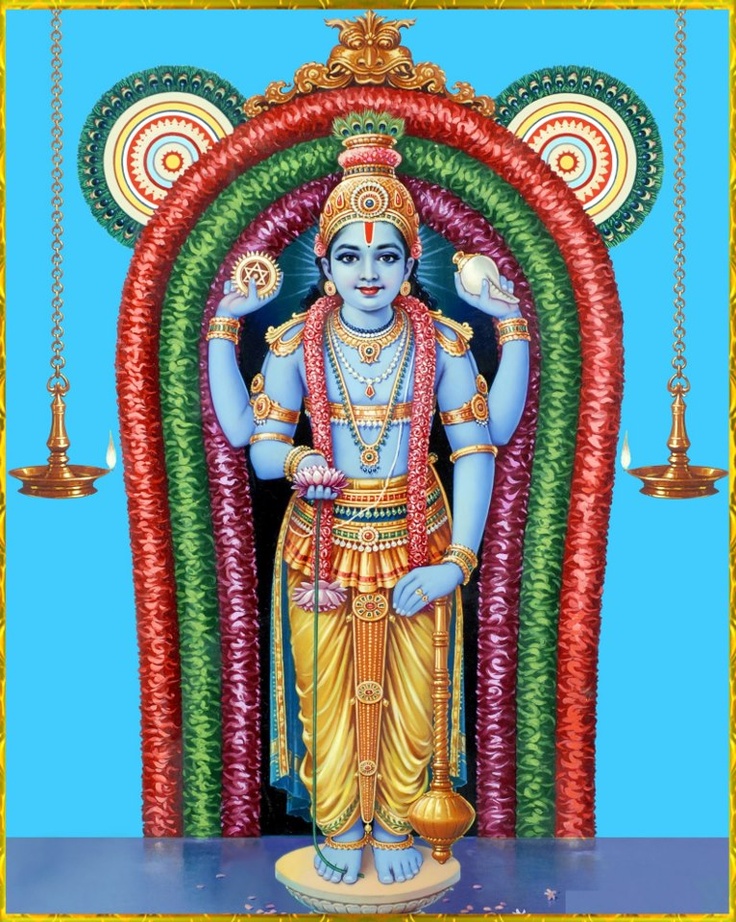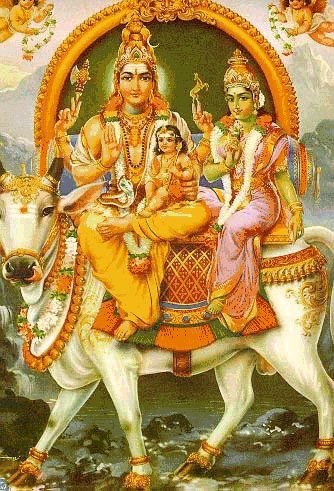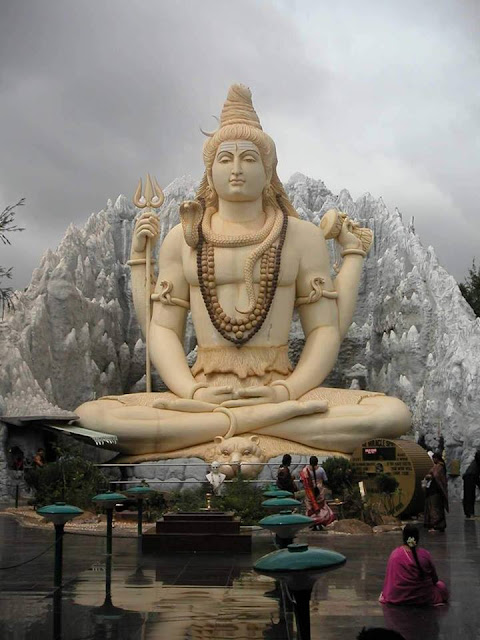A Summary of the Srimad Bhagavata Mahapuranam -5.12

22/12/2017 Discourse 5: Naradan Instructs Yudhisthira on Ashrama Dharmam-12. The detachment that is associated with the life of Sannyasa is not a keeping oneself away from the things of the world, but a union with them. The union with everything looks like a detachment from them. This is something very curious to understand. When we are one with an object, we have detached ourselves from it at the same time—because we do not want it any more. The detachment, so-called, is nothing but not wanting it; and not wanting it is a condition which arises automatically when we are one with it. Just as we do not feel a desire to possess our finger, we do not want anything else at that time. So, the life of Sannyasa is a wondrous concept of the perfection of the values of life, which is what Narada tells Yudhishthira in the Seventh Skandha of the Srimad Bhagavata, wherein the upasana culminates into actual absorption. In the condition of Sannyasa, the meditation is not an upasana in ...





















